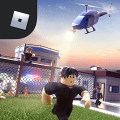Delving into Fortnite's Weapon Dynamics: Hitscan vs. Projectile
- Landon White
- 05 Dec, 24
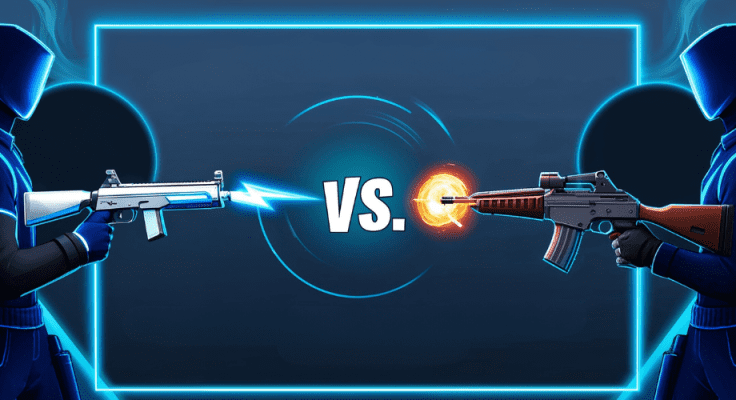
Fortnite, a trailblazer in the battle royale genre, has come a long way since its 2017 debut. Throughout its evolution, the game's approach to weapons has continually adapted, introducing unique mechanics to keep players engaged and competitive.
With the launch of Chapter 6, Season 1, Epic Games has made a pivotal shift back to hitscan weapons, a transition that has significant implications for gameplay. Players eager to understand these mechanics and their impact on combat will benefit from exploring the distinct characteristics of hitscan and projectile weapons in Fortnite.
The Essence of Hitscan Weapons
In Fortnite, hitscan weapons represent simplicity and efficiency. These weapons fire non-physical bullets, striking targets instantly upon pulling the trigger. With hitscan, there's no need to account for bullet travel time or adjust for gravity.
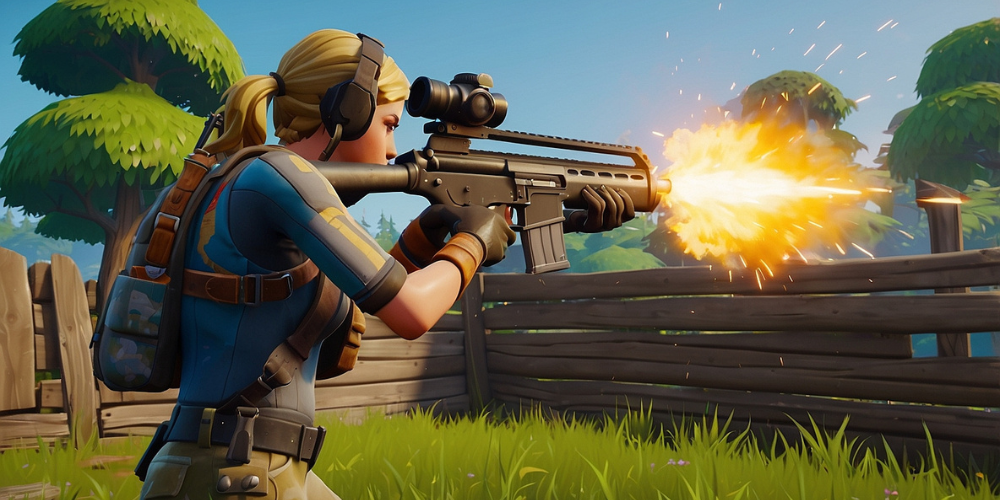
Player accuracy hinges solely on having their reticle on the enemy when firing. Key examples of hitscan weapons include the Assault Rifle, SMG, and Pistol, which encourage players to focus on aim and precision without worrying about complex calculations.
The reintroduction of hitscan weapons in Chapter 6, Season 1 has been met with enthusiasm among players. Previously absent throughout Chapter 5, hitscan mechanics are now woven into all firearms, simplifying the game's combat approach. The return underscores a preference for straightforward gameplay, enabling players to engage in battles with confidence and immediate feedback on their accuracy.
The Nuances of Projectile Weapons
On the flip side, projectile weapons offer a profoundly different experience. These firearms launch physical bullets impacted by gravity, requiring players to consider bullet trajectory, speed, and travel duration strategically. Sniper rifles and DMRs typify projectile weapons, where players must anticipate target movement and distance, making precise calculations for each shot.
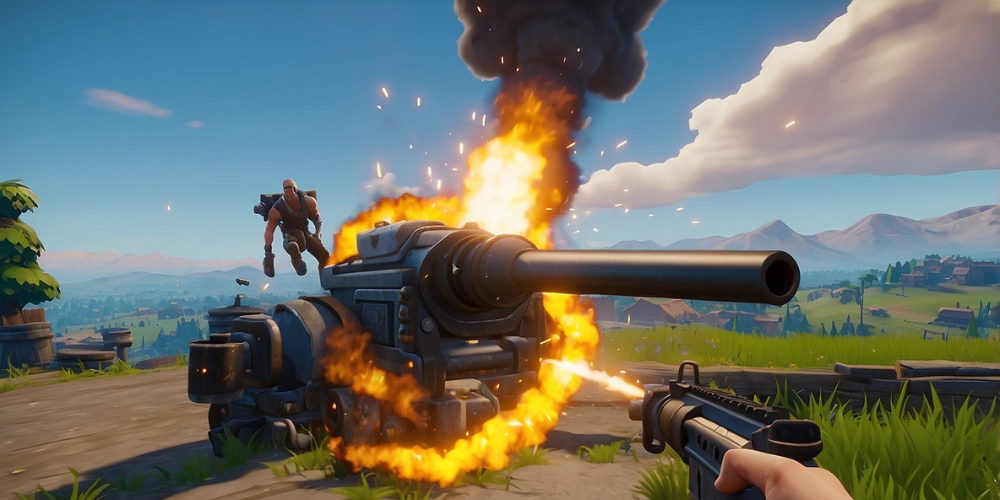
Projectile mechanics, once a staple in Fortnite, introduced a layer of realism and complexity to the game during Chapter 5. Players had to hone skills in bullet drop prediction and timing, elevating the strategic depth of long-range combat. However, the game's latest update has removed projectile weapons entirely in favor of a hitscan-centric arsenal, marking a return to the less demanding yet equally challenging combat style of earlier chapters.
Comparing and Contrasting Gameplay Experiences
Both hitscan and projectile weapons bring unique elements to gameplay in Fortnite. Hitscan weapons are praised for their straightforward nature, allowing players to shoot without the added complexity of adjusting for bullet drop. Here are some of the notable advantages:
- Instant Feedback: Hitscan provides immediate damage confirmation, streamlining the learning process for new and seasoned players.
- Reduced Complexity: Players can focus on movement and positioning without factoring in bullet trajectory.
- Rapid Combat Engagements: Hitscan simplifies close to medium-range fights, creating dynamic and fast-paced encounters.
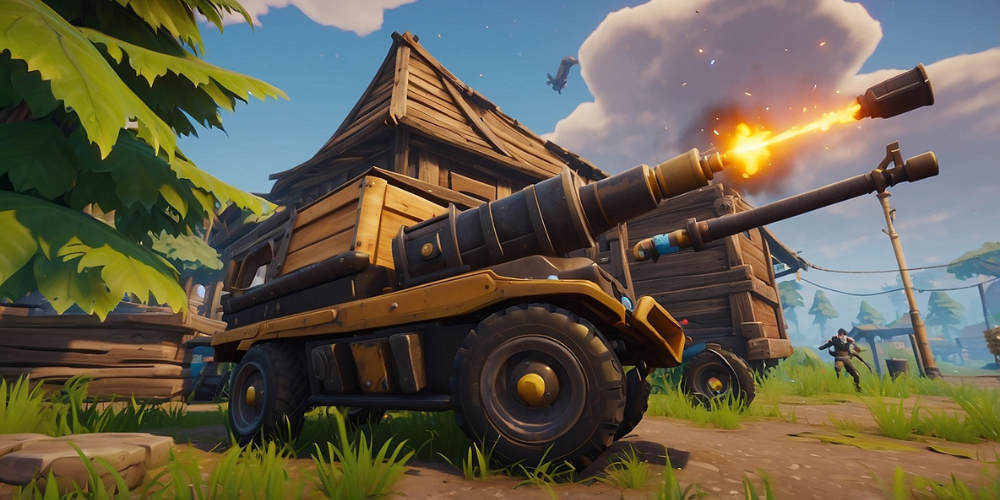
Conversely, projectile weapons enrich the game with depth and strategic planning:
- Enhanced Realism: Simulates real-world shooting dynamics, which some players find immersive and rewarding.
- Skill Development: Encourages mastery of distance estimation and bullet drop, creating a gratifying skill curve.
- Tactical Variety: Fosters diverse combat styles and strategy, especially in long-range engagements.
Despite the absence of projectile weapons in the current chapter, their legacy endures as a testament to Fortnite's versatile weapon system and its capacity to cater to varying player preferences.
The Impact on Fortnite's Competitive Scene
The oscillation between hitscan and projectile weaponry has profound implications for Fortnite's competitive scene. Primarily, it affects how players train and strategize, influencing both individual play styles and team dynamics. The return to hitscan heralds an era where raw reflexes and aim take precedence over intricate calculation, potentially reshaping meta strategies.
Professional players and teams must adapt swiftly, as precision shooting with hitscan weapons demands different skills than gauging bullet drops with projectile arms. This transition also opens doors for emerging talents who excel in rapid engagement scenarios, leveling the playing field by removing some of the learning curves associated with projectile mechanics.
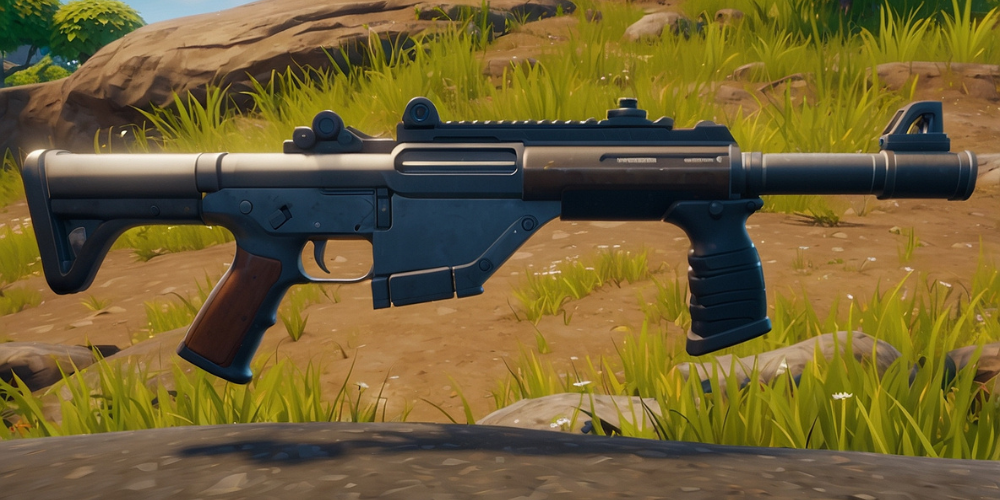
Fortnite tournaments and leagues may see a shift in dominant play styles, with increased emphasis on head-to-head confrontations and mid-range battles leveraging the hitscan arsenal. This metamorphosis requires athletes to refine their aim and movement coordination meticulously to secure victory in competitive encounters.
Looking Ahead: The Future of Fortnite Weapon Mechanics
While Chapter 6 Season 1 signals a hitscan renaissance, the future of Fortnite's weapon mechanics remains open-ended. The balance between hitscan simplicity and projectile intricacy exemplifies the game's ever-evolving nature. Epic Games has showcased its willingness to iterate upon and diversify its combat system, ensuring that no two seasons are identical.
Players and developers alike can anticipate ongoing discussions and potential innovations in weapon mechanics, perhaps even reintegrating projectile elements in new, inventive ways that harmonize with hitscan dynamics. As Fortnite continues to captivate a global audience, its commitment to refining gameplay experiences through weapons will undoubtedly sustain its status as a staple in the world of competitive gaming.
In conclusion, understanding the distinctions between hitscan and projectile weapons in Fortnite is crucial for players aiming to master the game's mechanics. By appreciating the strengths and challenges of each type, players can tailor their strategies to the current meta while staying prepared for any future shifts Epic Games might introduce. As Fortnite progresses, the ability to adapt and refine skills remains integral to achieving success on the battlefield.




